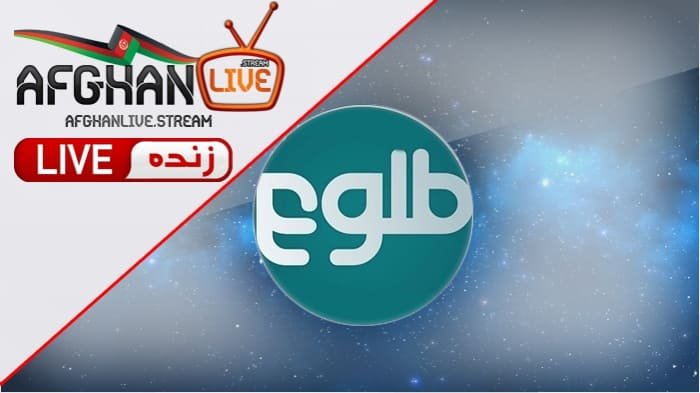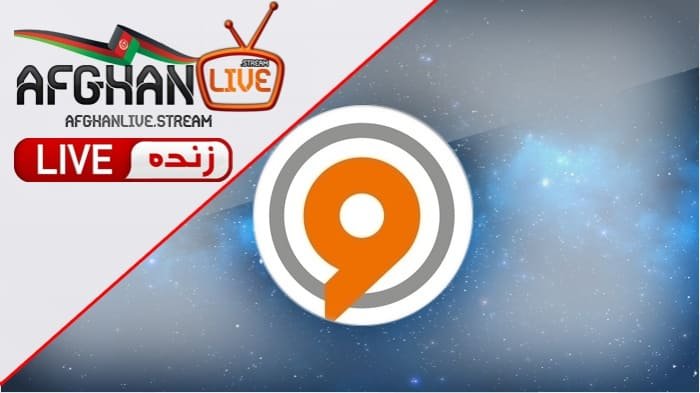ChatGPT is a state-of-the-art language model developed by OpenAI that is capable of generating human-like text in response to a given prompt. With its impressive performance on a range of natural language processing (NLP) tasks, ChatGPT has quickly become one of the most popular language models in the field. In this article, we will explore the most important aspects of ChatGPT and how it can be used to improve NLP applications.
How ChatGPT Works: A Closer Look at the Architecture and Training
ChatGPT is based on a transformer architecture, similar to other popular language models like GPT-2 and BERT. However, what sets ChatGPT apart is the massive amount of training data it has been trained on, which includes over 45 terabytes of text from a wide range of sources. This vast amount of data allows ChatGPT to understand language patterns and nuances in a way that was not previously possible. Additionally, ChatGPT uses a technique called unsupervised learning, which means that it learns to generate text without being explicitly taught what the correct output should be. This approach allows ChatGPT to generate text that is more human-like and diverse than other language models.
Applications of ChatGPT: How It Is Used in NLP
ChatGPT has a wide range of applications in NLP, from generating human-like responses in chatbots to assisting with text completion and summarization. One of the most impressive applications of ChatGPT is in natural language understanding (NLU), where it has been shown to outperform other state-of-the-art language models. This means that ChatGPT can accurately understand the meaning and intent behind human language, which is critical for many NLP tasks. Additionally, ChatGPT can be used for text generation tasks like story writing, poetry, and even music composition.
Strengths and Limitations of ChatGPT
Like any tool, ChatGPT has its strengths and limitations. One of its main strengths is its ability to generate human-like text that is both diverse and contextually appropriate. However, one of its limitations is that it can sometimes generate text that is biased or offensive, particularly when it has been trained on biased data. To address this issue, OpenAI has implemented several measures to detect and mitigate biased text generation. Another limitation of ChatGPT is its high computational cost, which can make it difficult to use on low-end devices or in real-time applications.
Future Developments and Implications for NLP
As the field of NLP continues to evolve, it is likely that ChatGPT will play an increasingly important role. Already, we are seeing researchers use ChatGPT to advance the state-of-the-art in NLP, with new developments like the use of meta-learning to improve training efficiency. Additionally, the capabilities of language models like ChatGPT are raising important ethical considerations around the use of AI in text generation, particularly when it comes to issues like bias and disinformation. As ChatGPT and other language models continue to improve, it will be critical to consider the broader societal implications of their use.
Conclusion
In conclusion, Chat GPT is an incredibly powerful and versatile language model that has revolutionized the field of natural language processing. Its ability to understand and generate human-like language has opened up a world of possibilities for industries such as customer service, content creation, and language translation. With its continuous learning capabilities and ability to scale to meet the needs of any project, Chat GPT is poised to play an even larger role in shaping the future of human-machine communication. As the technology continues to improve and become more accessible, it is exciting to think about the ways that Chat GPT will continue to impact and improve our daily lives.






